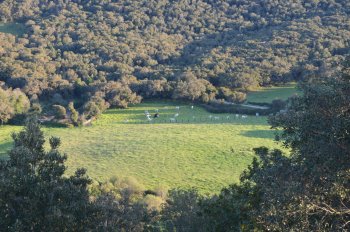Traversing waters : Recognizing Wetland Ecosystems Value in the Lower Danube
Persina Nature Park has high conservation value but is also of importance to local economies through its fish resources, climate regulation and biomass production. However, the societal, economic and environmental value of this wetland is not well recognized by local and national stakeholders and decision-makers. This exemplar aims to explore the link between Danube ecosystems and a range of environmental benefits for local and Danube-region communities, given the application of an appropriate set of instruments to safeguard or improve them.




















